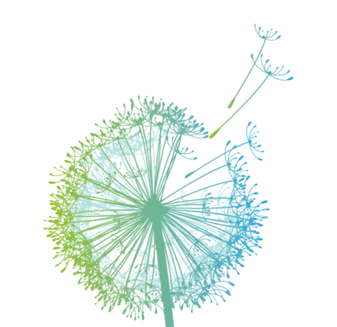|
Est. reading time: 8 minutes
So, here we are: November 2020, cold days and rain in most of the northern hemisphere... And a pandemic... While some of us seek comfort in a cup of tea while watching the news on TV about these turbulent times, others turn to their wine stock and serve themselves a glass of Port (no judgement here, I honestly consider it to be a sign of good taste!!) ...
After all, are these two 'comfort drinks' all that different? With Porto and the Douro valley as a backdrop, let's set out in search of points of intersection between Port and tea - they do have a few things in common! The 4 common elements to Port wine and tea
Tannins
This type of polyphenol is present in both tea and wine - in particular red Port wine and most evident in its Ruby variant. It is important to mention that tannins are not to be tasted, they must be felt: they are responsible for the feeling of dryness in the mouth and a slight bitterness in the tongue, whether in tea or in red wine, dry or fortified. The tannins in tea come directly from the plant's leaves, camellia sinensis, from which the tea is produced. In the wine's case, the tannins come from the seeds and skin of the grapes but also from the stems.
Seed and pulp in an exploded view.
​The seed is one of the elements in the grape responsible for the tannins felt in wine. WOW - World of Wine - Porto
It is also important to note that the tannins in the wine may also come from wood, used in the casks in which it is kept (when aging in oak barrels).
Where do we feel the tannins? The tannins of the wood first reach the front of the tongue while those of the grapes' skin of are felt on the back of the tongue and the most intense, coming from the stems and the seeds, are felt around the teeth, in the gums.
Production and the 'terroir'
The standards of production and labeling of tea in some places in the world match those of wines from demarcated regions known as DOC in Portugal (or AOC in France). An example: 'Pu-ehr' tea, a fermented tea of Chinese origin, is hand-picked, labeled as vintage if it is a good year and can be aged for up to 50 years. The leaves are then fermented, a process in which bacteria 'soften' their most astringent flavors and make the tea taste more 'round', softer. What is achieved in the fermentation process of this tea is, after all, very similar to what occurs in the malolactic fermentation of wine.
__
In addition to the sensory similarities, tea and wine are both valued for their origin and place of cultivation, or terroir.
The narrow terraces in the Wuyi Mountains in China, where oolong tea is produced for centuries, can immediately remind wine lovers of the Douro river's impressive man-made landscape in northern Portugal or the sloping riversides of the Mosel in western Germany.
Tea plantation in terraces - Wuyi mountains - China
The type of soil - sandstone, in the mountainous region of Wuyi, China, in the previous photo // predominantly schist, in the Douro region, in the next photo, the different altitudes and sun exposure due of the inclined and undulating terrain lead to differences in flavor, in the chemical composition of grapes. This has its parallel in tea plantations, effecting the leaves of camellia sinensis in the same manner, all of which depending on the altitude and exposure to sun where the plant grows.
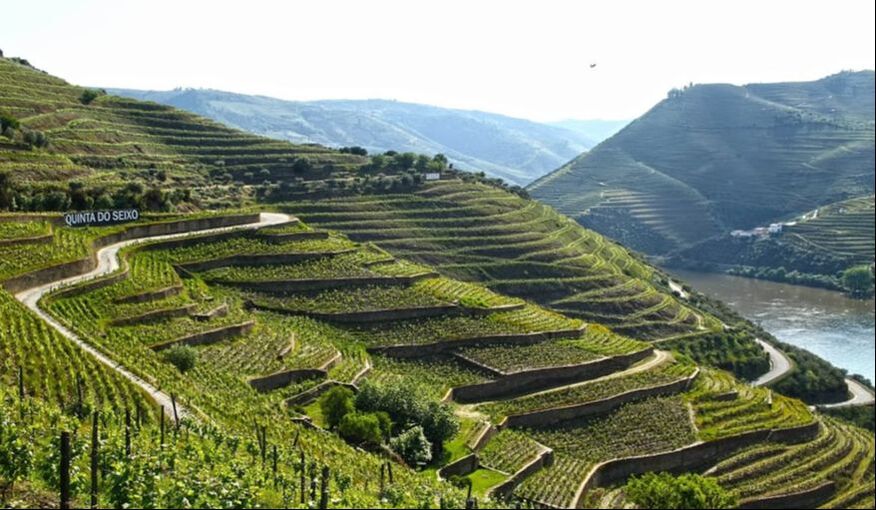
A vineyard in terraces overlooking the Douro river - Portugal / Quinta do Seixo - Sandeman.
Grape production on the slopes of the Mosel river, Germany.
'The nose'
WOW - World of Wine - Porto
Aromas
We already know that it is possible to find aromas similar to tea in red wines that aged in oak casks, along with aromas of earth, dry leaves and forest. It is these 'tertiary aromas' (from a 'third party', the cask) that add complexity to the 'primary aromas', those of fresh fruit, adding layers to the wine and making it multidimensional. In Port wine, where aging in casks is sometimes prolonged, this complexity of aromas usually reaches a much higher level.
Example of some tertiary aromas present
In a glass of red wine with aging. Wood, cinnamon, blackberries, vanilla, chocolate ... foto: WOW - World of Wine - Porto On the other hand, there are also some teas that share specific aromas with wines, in particular with Port wine. There are, for example, black teas with an aroma of honey that can remind you of the very characteristic and pleasant aroma of a Tawny Port. ​However, there are those in Portugal who, in an innovative way, are inducing the aroma of Port wine in tea in a very direct way - which brings us to the title of this post!
photos: Paulo Pimenta/Público
Nina Gruntkowski and Dirk Nieeport produce Pipacha, an oolong tea, just a few kilometers north of Porto. The dried tea leaves undergo an aging stage in oak casks, the exact same casks that were previously in use for the aging of Nieeport Port wine. This gives tea the exclusive aromas of this fortified wine. Link to the news piece.
The five o'clock tea and the Port wine business: what unites them?
The British influence
The habit of drinking tea - the five o'clock tea - is consensually associated with the English royal house but the actual culprit was a queen of Portuguese origin, Catherine of Braganza, queen of England from 1662 to 1685.
Queen Catherine had the habit of drinking tea regularly at a set time while learning about her husband's infidelities from her lady friends. That granted her the authorship of the '5 o'clock tea' to posterity. After all, the Portuguese knew tea the best, as they were importing it from China for quite some time. The Portuguese were among the first to sell it on a large scale in Europe.
Isabel Stilwell's book cover, a historical novel about the life of Catarina de Braganca, the queen who introduced the regular drinking of tea at the English court in the late 1600's.
The marriage of Charles II of England to the Portuguese Catarina de Braganca in 1662 came after a long negotiation process and resulted in military support to Portugal against Spain. But that support came with a price, a very significant dowry: in addition to receiving territories in Africa and Asia, England obtained massive privileges for its commercial activity in Portuguese colonies, Brazil and India, to the detriment of other countries.
It was this very close connection between Portugal and England that led to the establishment of a large community of merchants in our country, in particular in Porto. These merchants traded in the textile sector but above all in the wine sector, Port wine, contributing on a large scale to the development of the city of Porto. A few years 'down the road', as a direct consequence of a treaty signed in 1703 - the so-called 'treaty on cloths and wine', more than 75% of the 6000 merchant ships that docked at Porto during the next 40years sailed under the British flag and transported thousands of Port-filled casks to many and varied destinations!
Stencils used to mark the Port wine-filled casks and boxes prior to its export.
1756 - Museu da 1a. Demarcacao - Real Companhia Velha - Vila Nova de Gaia
Below: video of a guided running (and bicycle) tour with a Port wine tasting at the end, organized exclusively for a group of friends from Copenhagen, one of the many Port export destinations.
Tea and running: the perfect match
It's safe to say that drinking tea will not turn anyone into an Eliud Kipchoge or Kilian Jornet ... but ... it does have proven benefits when consumed before, during or even after a running workout. And it can even dethrone coffee due to the way it acts on our body. Let's see:
Photo: mapmyrun.com - Under Armour Run
As a substitute for a cimbalino (the Portuense word for espresso) before training, caffeinated tea can provide long-lasting energy, without its abrupt downfall. When we drink tea, the release of caffeine (or theine) is gradual and sustained, unlike the initial peak and the rapid decline that you get with caffeine in coffee. This means 'more fuel in the tank', without that associated nervousness and the potential acidity in the stomach.
Depending on its variety, the tea can also function as a hydration before and during the race or a stomach stabilizer to keep it able to receive food without problems even in runs as long as ultra-marathons.
Back to Porto, and back to wine: new things to explore in the city during your running outings:
Learn about Port wine...whilst running!
Whether it's a free event or a guided running tour booked exclusively for your group, you can run and refresh some of your knowledge about Port wine.
Below is a photo of a free event held in March 2019 (in Portuguese) for a group of local runners, of various levels. A fun morning of discovery, running the streets of the historic centre of Porto and Vila Nova de Gaia.
The Run Squad OPO specific Facebook and Instagram pages have updated information about events and guided running tours - some of which are free of cost- feel free to follow!
Notice: the signature guided running tour "Uprise of the tavern keepers", is permanently available in both Portuguese and English for private groups of up to 5 people! This activity has a fixed route and ends by the river with a refreshing Port&tonic toast...!
Get to know the tea plant's next of kin
It's my suggestion for a solo meditative run: in some public parks and gardens in Porto, including the gardens of Casa Tait and Crystal Palace (Palacio de Cristal), it is possible to run by many specimens of the ornamental camellia japonica, the common Camellia or 'Japoneira', which were planted there because of their magnificent winter flowers, the dense, dark and lustrous foliage and low build.
In fact, Camellia japonica and camellia sinensis (tea plant) belong to the same family and botanical genus, camellia. Porto has perfect weather and soil conditions for it to thrive and fully deserves the old title of 'cidade das camelias' (city of camellias) for the quantity and exuberance of these trees that can be found here, blossoming from October to April every year. If you're looking for good places to run in Porto (or spot camellias), it is recommended that you pay a visit to this section - 'best places to run in Porto' - where you can find a map with some of the public gardens and parks, complete information and a 2min video showing some of the best routes.
Tanya running in a 'tunnel' paved with camellia japonica's fallen flowers in late January, in the gardens of Casa Tait, a small estate owned by the municipality of Porto.
A camellia japonica blossoming in early November,
on the landscaped centre of the well-known Boavista roundabout, in Porto
Whatever your drink of choice may be, whatever plants you may like, whatever area of your city you may decide to run in and explore , please make sure you stay safe (and sane), enjoying every second of your time outside!
​We're pretty confident that running will help with maintaining clarity through everything that may still come your way this year ;) If you found this post interesting, please share it with your friends who run! Comments are closed.
|
Autor/Author
Sérgio é o fundador da Porto Running Tours, corre regularmente desde 1999 e desde 2015 que guia visitas em corrida na Invicta enquanto revela algumas das suas mais fascinantes histórias. Categories
All
Archives
March 2024
PORTO RUNNING TOURSWe're passionate about running and passionate about Porto! REVIEWSWE'RE LISTED ONYour gateway to fun and unique running tours worldwide.
We practice sustainable tourism!
|
EMAIL: info(at)portorunningtours.com
MOBILE/WHATSAPP👆(tap to message)
+351 91 460 10 10
(English/Português)
9.00AM-5.00PM Local Time - Portugal - GMT+00
Porto Running Tours is a
locally owned micro-business,
providing authentic running experiences
in Porto since 2015
locally owned micro-business,
providing authentic running experiences
in Porto since 2015
customer love on-LINE >
Take their word for it:
We practice sustainable tourism. Book directly with us!
member of the worldwide community:
RUNNINGTOURS.NET
RUNNINGTOURS.NET
JOIN OUR COLLEAGUES
AROUND THE WORLD
FOR A RUNNING TOUR!
AROUND THE WORLD
FOR A RUNNING TOUR!
RNAAT nº1410/2017 TURISMO DE PORTUGAL
This website is mobile friendly,IOS and ANDROID! © COPYRIGHT PORTO RUNNING TOURS 2023.
TODOS OS DIREITOS RESERVADOS /ALL RIGHTS RESERVED.
TODOS OS DIREITOS RESERVADOS /ALL RIGHTS RESERVED.
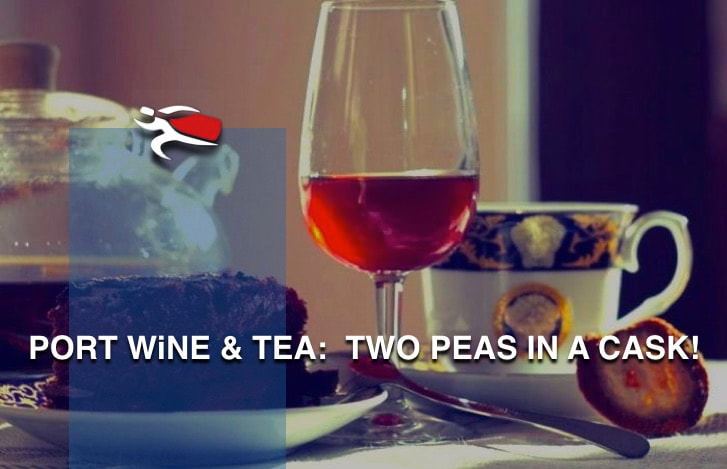
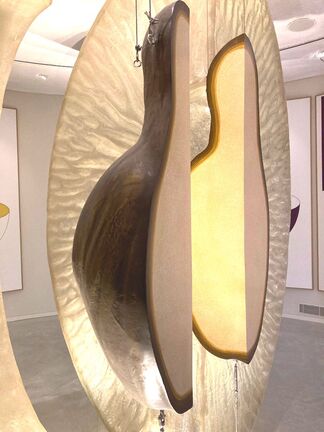
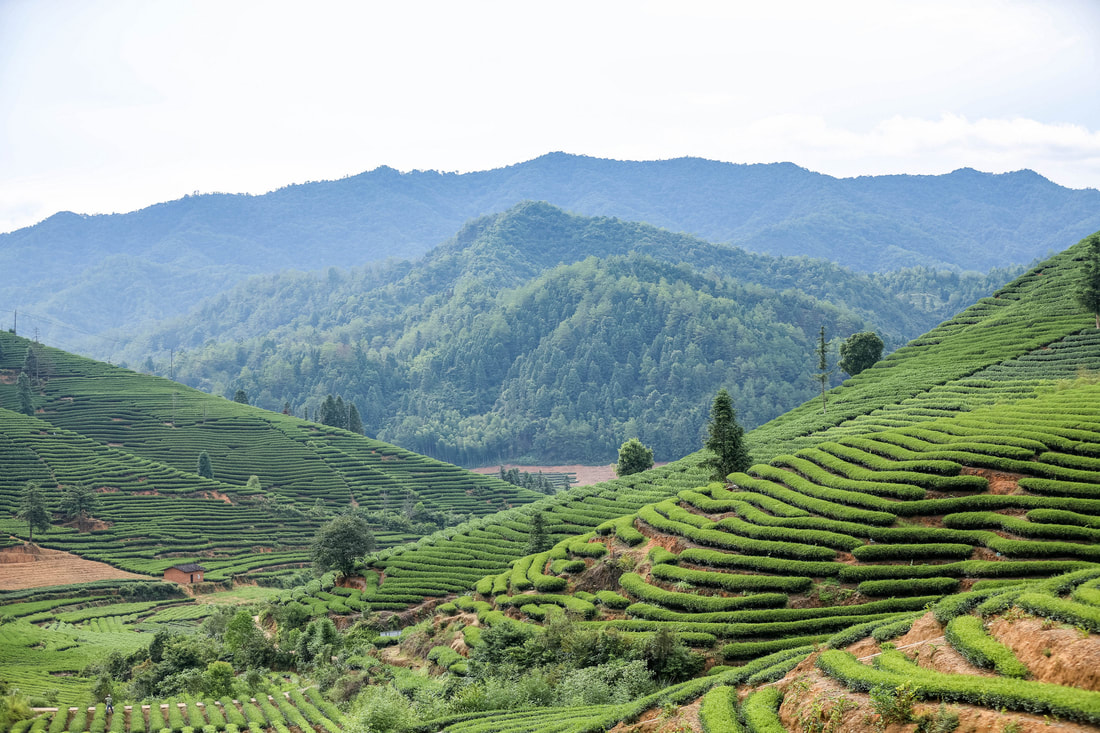
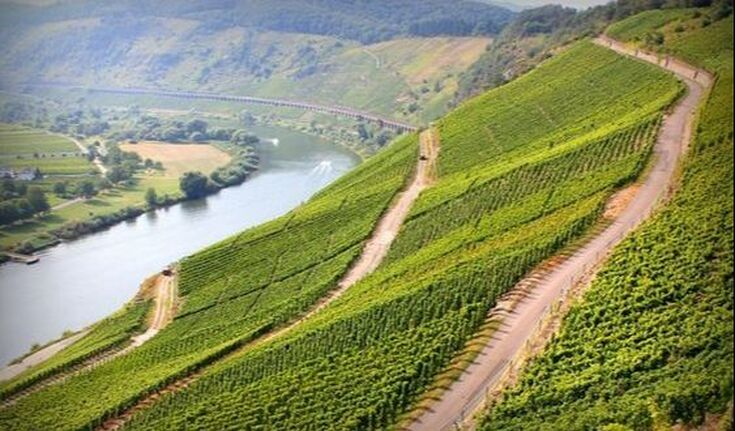
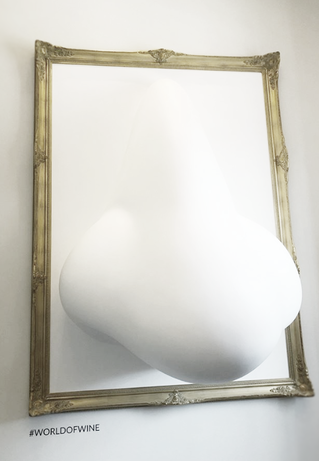
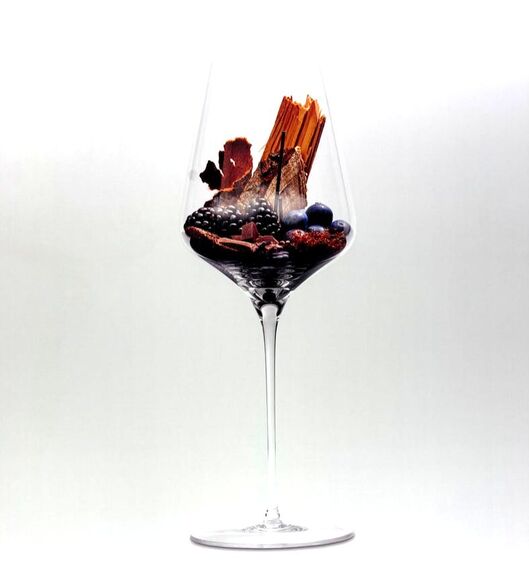
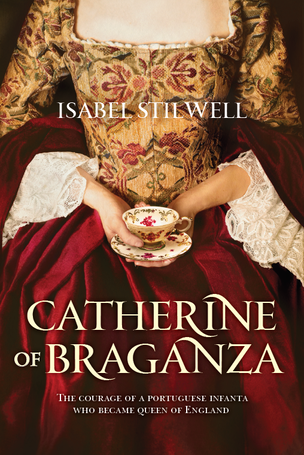

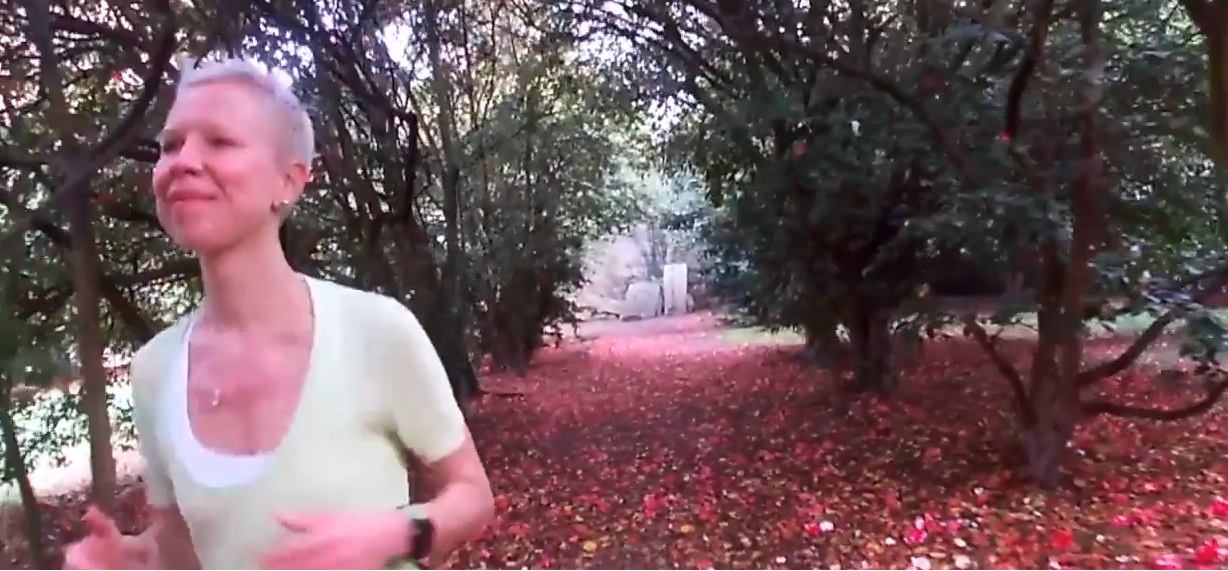
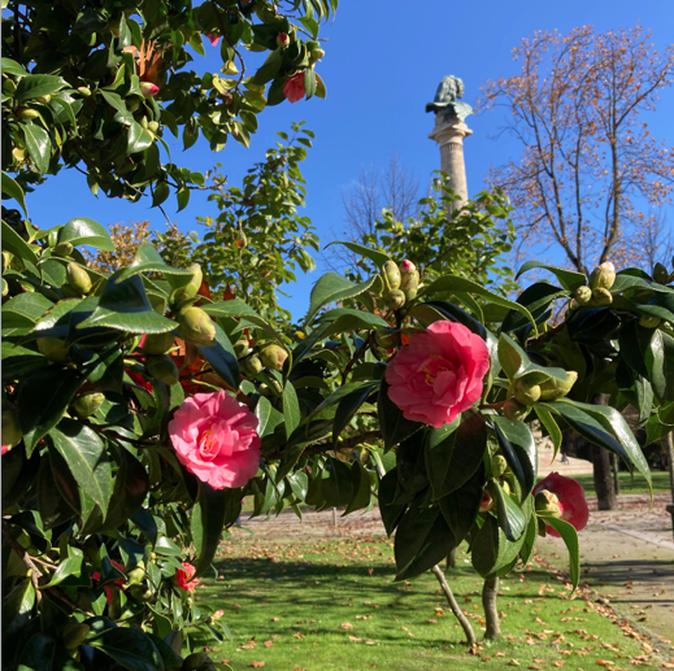





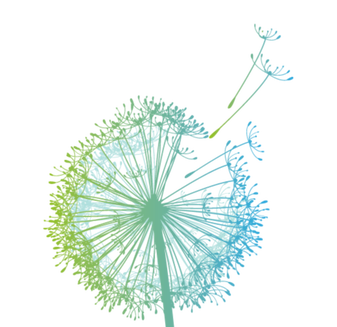


 RSS Feed
RSS Feed

